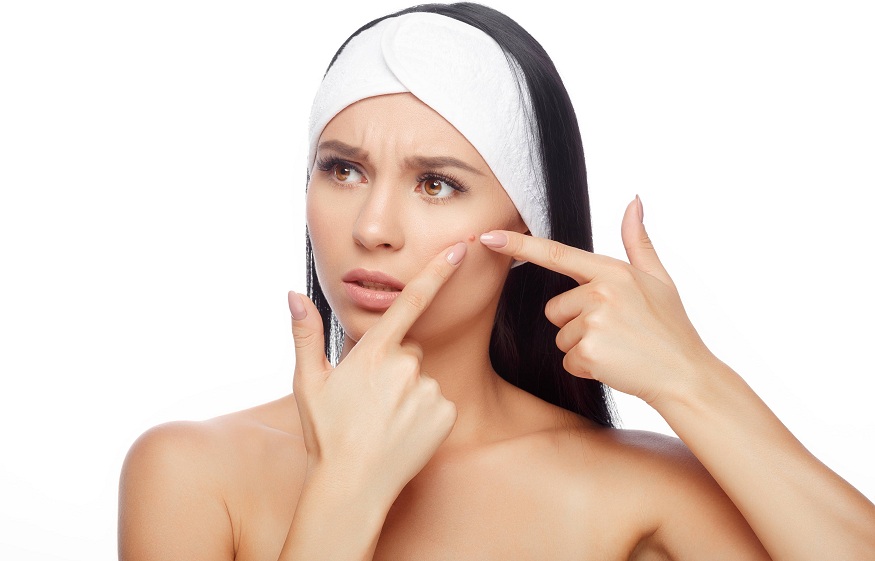Psoriasis is a common and difficult-to-treat skin condition that causes patches of dry, red, scaly skin. The exact cause of psoriasis isn’t known, but it appears to be an autoimmune disease in which the immune system attacks the skin. Psoriasis typically affects one or more areas of your body but can affect all parts of your body if it’s severe enough. It affects about 7% of Americans at some point during their life, with women being more prone than men.
So what are the best psoriasis treatment methods?
There are many different types of psoriasis treatments, but the most common are topically applied creams and ointments. Topical treatments can be used at home or in a doctor’s office. These medications come in different forms, such as topical lotions or gels, which are applied directly to the affected area(s). They may also come as pills that you take with food so that they absorb more quickly into your system.
Topical creams and ointments contain molecules that help prevent skin cells from growing too fast—which means they will slow down the growth process and reduce inflammation over time! The downside is that these medications must be reapplied every day or two until your symptoms improve significantly (or disappear completely).
Topical treatments.
Topical treatments are creams, lotions and gels that you apply directly to the skin. They can be very effective at treating psoriasis, but they have some drawbacks:
- They’re messy! You have to apply them every day or two (depending on how much you need). If you forget, it can leave your fingers looking like they were dipped in tar—not ideal for social situations or work projects.
- Some topical medications have side effects such as redness or irritation of the skin after use. If this happens with one brand of medication but not another, it could mean there’s something wrong with how your body reacts to certain active ingredients within each product line.*
Oral treatments.
Oral treatments are usually used to treat psoriasis that is not responding to topical treatments. These medications can be used to treat psoriasis in the scalp, elbows and knees. The most common oral medicines for treating psoriasis include acitretin and cyclosporine A (CSA).
Acitretin is a retinoid-derived anti-inflammatory drug that’s been shown to help reduce symptoms of moderate plaque types of Psoriasis vulgaris when taken daily for six months or longer. Acitretin has side effects such as nausea and headaches; however, these don’t seem to be very common when compared with other forms of treatment options like phototherapy or light therapy devices which are more invasive than oral medications
Phototherapy.
Phototherapy, which uses light to treat psoriasis, is one of the most common forms of treatment. Phototherapy can be used in the form of ultraviolet (UV) B or UVA light, or it can be combined with other treatments. UVB therapy involves exposing your skin to short bursts of radiation that cause DNA damage and inflammation. The goal is to stop new skin cells from forming on your body’s surface while they continue to regenerate elsewhere in your body—a process called apoptosis—and help clear up existing lesions over time.
UVA light works by killing bacteria on topically applied creams or ointments; this method has been shown to reduce signs such as scaling and redness associated with psoriasis while improving overall health status as well
Systemic treatments.
Systemic treatments are medications that are taken by mouth. They can be used to treat psoriasis that has not responded to other types of treatment.
Systemic treatments can cause side effects, so you should talk to your doctor about the risks and benefits of taking them.
Everyone’s psoriasis is different and has a unique set of challenges.
Psoriasis is a complex condition that affects the skin. It can be mild, moderate or severe and there are many different types of psoriasis. For example, plaque psoriasis involves raised patches of red skin covered in silvery scales; guttate or corn granuloma lesions are small bumps filled with pus; inverse (erythrodermic) eruptions occur on sun-exposed areas; pustules appear as large scaly blotches with purple borders around them; erythema multiforme (EM) is a rare but serious form of EM which causes blistering and peeling of the skin over large areas of the body including face; lichenoid drug eruptions appear as white patches scattered across your body where you might have been applying medication at some point during treatment for your condition.
The type of psoriasis you have will determine how best to treat it so talk to your doctor about what options may be available for managing your symptoms.
Conclusion
We hope the above information has been helpful in providing you with an overview of the different treatment options available. If you’re interested in learning more about some of them, don’t hesitate to reach out! We are always happy to help answer any questions that might arise while researching or trying out new treatments.


